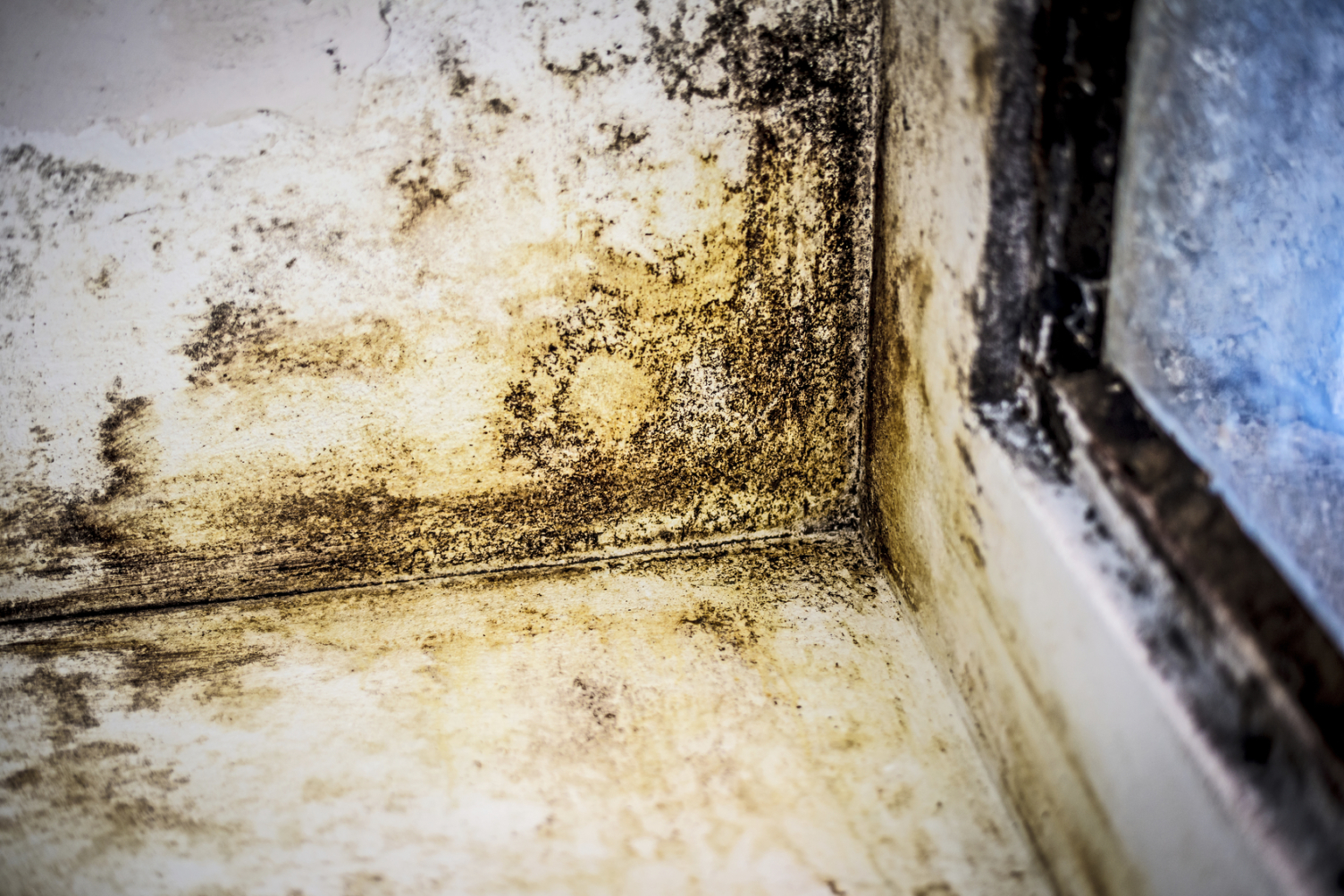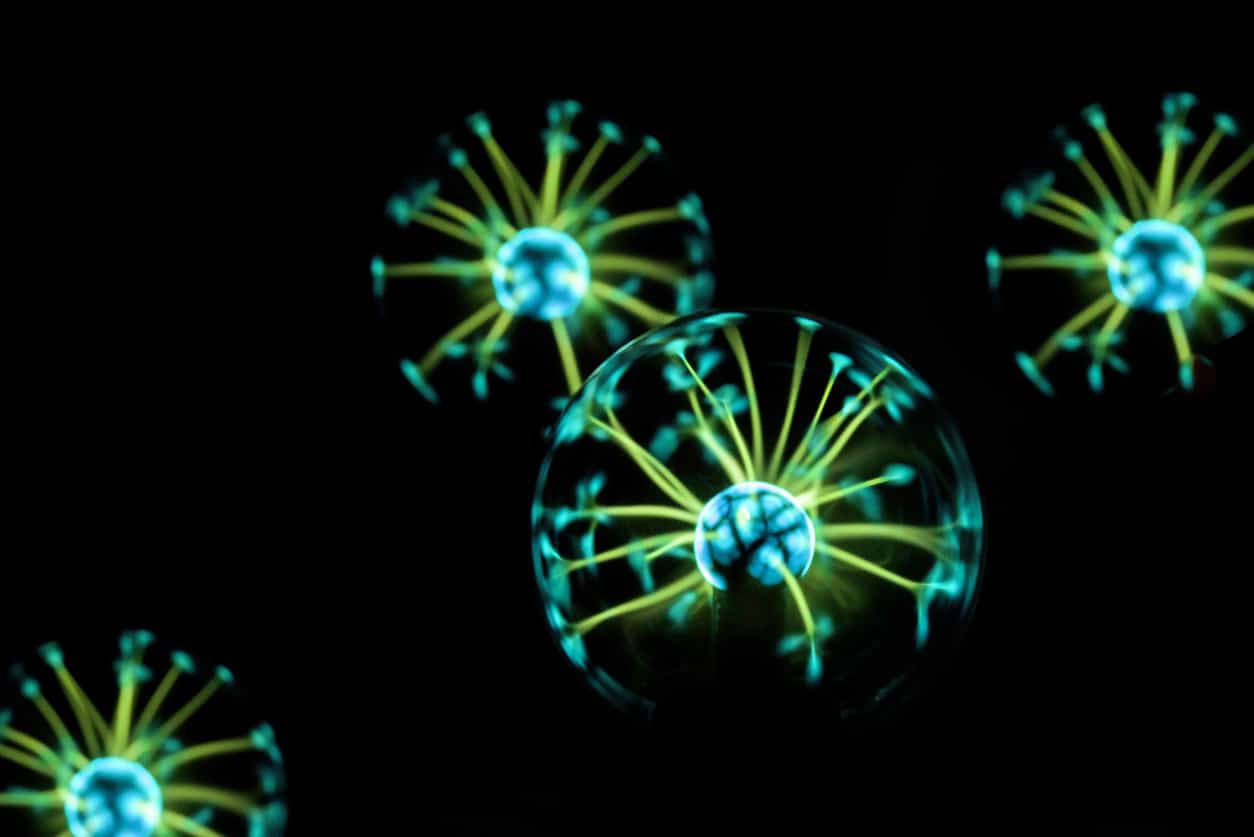
When you’re creating a Bulletproof life for yourself, one of the most effective things you can do is get rid of the factors that are limiting your performance. It’s less work to set down a weight than it is to learn how to carry a new one. Your natural state is one where if you want to do something, you have enough energy to at least try, regardless of whether you succeed or fail.
That’s why I’ve gone on an exhaustive search for kryptonite – I want to eliminate all the toxins and habits that slow down my life.
Hands down, the biggest sources of kryptonite are mold and mycotoxins, in your environment and in your food. I believe that so strongly that I spent $200,000 and more than two months creating a documentary called Moldy all about the devastating impact of mold.
I interviewed dozens of everyday people who had had their lives messed up by mold. Mold is largely invisible, so you don’t always see it, and it can affect you at the parts per billion level.
If you are a long-time follower, you know that I’m so passionate about this that I created a new process for producing low mold toxin coffee that has a noticeable difference from normal coffee in terms of affecting your performance (for more details you can look at the study and data I published in The Bulletproof Diet).
This article will delve into mold, the mycotoxins it produces, how mold and mycotoxins affect you, and what you can do about them.
How mold affects your performance
The worst problem with mold, especially if you’re part of the 28% of people who have the genetics to be extra susceptible to it, is the chronic inflammation it triggers in your body. I’m a member of that 28% of susceptible people. I grew up in a basement with toxic mold, and it’s affected my biology even up until today, although I’ve gotten rid of most of the problems.
Mold exposure can cause about 40 different symptoms. If you’re exposed to toxic mold, suddenly:
- You’re tired and want to sleep more
- You feel hung over even when you don’t drink
- You’re anxious
- You get brain fog
- You have trouble controlling your emotions
- You regularly get blocked ears or severe sinus/ear infections
- Your eyes twitch
One problem with diagnosing mold sensitivity and exposure is that the symptoms are so broad that it could easily be a number of other things causing them [1]. For a long time, I would go to doctors reporting these symptoms and they would think I was a hypochondriac. They diagnosed me with fibromyalgia and chronic fatigue, because mold exposure produces very similar effects – brain fog, systemic inflammation, and lack of energy. In reality, I had mold-induced Chronic Inflammatory Response Syndrome (CIRS) causing my fatigue and whole-body inflammation, as well as direct poisoning from mycotoxins (mycotoxicosis). Mold is so common, especially in the US, that I suspect a lot of people diagnosed with chronic fatigue or fibromyalgia are actually overloaded by mold.
Just how common is mold?
We’ve created a whole new level of aggressive mold because of what we’ve done to our soil. The weed killers RoundUp and glyphosate dramatically increase the amount of toxins soil fungi put out, as does the new standard of using antifungal paint in construction. Only the strongest molds survive pesticide spray and antifungal treatment. Those that do survive release more toxins in response to their hostile environment.
Foods in the US meet federal mold and mycotoxin standards, but that’s because the US has by far the worst mycotoxin regulation in the developed world [2]. And between soil-destroying pesticides and abhorrent factory farming practices (including intentionally feeding animals moldy feed right before slaughter, disrupting their hormones so they gain more weight), the US also has the most severe mycotoxin problem of any country. Proof is in the map below, published here by agricultural nutrition company Biomin:
By the way, any factory farmer will tell you not to give moldy feed to cows until they’re days from slaughter because it makes the cow extremely sick. Pregnant cows exposed to moldy feed have miscarriages. This is the stuff that’s in conventional food and more and more homes. If mold and mycotoxins don’t matter, why do agricultural companies spend billions of dollars keeping mold out of feed, to ensure their animals’ fertility, muscle gain, and protection against infection?
I found all this out while researching for the Better Baby Book. The publisher didn’t want the more than 900 references added to the back of the book because it would increase the page count too much, so I published the references here, free for you to see. Not every reference involves mold. Many of them do.
Mycotoxins: another issue
Mold itself causes issues, but it’s not the only problem. The toxins mold produces (mycotoxins) affect your biology just as severely. The most famous mycotoxin is probably penicillin; the most damaging ones today are:
- Aflatoxin, which is exceptionally carcinogenic in mammals, including humans [3,4]. It comes from aspergillus, a mold that grows on common foods – most notably peanuts and grains. Aspergillus also grows on coffee, but it’s a different strain, and it produces the next mycotoxin on the list:
- Ochratoxin A (OTA). I pay a lot of attention to OTA, because I find eliminating it (along with 26 other mycotoxins Bulletproof tests for and manages) creates a very clean cup of coffee that spares me from the jitters, headache, stomachache, and crash that moldy coffees cause.
Some toxins can make you stronger. Alcohol is a toxin, but if you drink a little bit of it every day, your liver starts to adapt and you get better at metabolizing it. Mycotoxins don’t let your body adapt. There’s no benefit to mycotoxin exposure, and even tiny amounts within regulatory standards can impact your biology.
Speaking of federal regulation, there are a few gaps in mycotoxin standards, especially in the US. In Europe, or China, or Japan, or Singapore, they have very tight control over the most common coffee toxins. In the US there’s no regulation, and what ends up happening is companies take the coffee the rest of the world rejects and dumps it in the US (so if you don’t believe in Bulletproof Coffee, I urge you to at least get coffee imported from one of the countries I just mentioned).
A bigger concern than coffee is corn. Corn is not on the Bulletproof Diet, although certain corn products are okay (some non-GMO, lab-tested, pesticide-free forms of corn fiber and starch can be good for your gut bacteria). Heavy pesticide use has caused a mutation in the fungi that colonize corn. Now they grow in the roots of the corn and put the toxins directly into the plant, even if the corn doesn’t have visible mold growing on it. That’s really bad, because when you eat almost all corn you’re getting dosed with mycotoxins.
A response to people who say mycotoxins don’t matter
Plenty of critics say I overplay the effect of mycotoxins and that when mycotoxins fall within regulation levels they aren’t an issue.
Here’s why I’m so obsessive about mycotoxins. I’m more sensitive than most people (I can tell you within minutes whether I’ve eaten something moldy or walked into a moldy room), but even if you aren’t in the 28% of extra-sensitive people who feel mycotoxins, mycotoxins affect you.
- OTA contributes to bladder and kidney cancer, partly by attacking your immune system and decreasing antioxidant activity [5,6]. Rats process OTA with their livers and they’re efficient at getting rid of it. They can excrete OTA in under a week. You, on the other hand, use your kidneys and bladder to flush OTA out, which takes about 35 days [7]. If you’re exposing yourself to OTA every day, even in amounts that meet the very lax FDA-approved standards, it’s constantly building up to toxic levels in your body.
- Fumonisins and deoxynivalenol are two other major mycotoxins. They disrupt your hormones and are carcinogenic, and they’re especially common in food in the US.
Mycotoxins damage your DNA and destroy your brain cells
Some stressors challenge your body and make it stronger. There are toxins that tax your mitochondria just enough to drive them to work harder, making you produce energy more efficiently.
Mycotoxins do not fall into that category.
- Mold toxins are genotoxic – they cause DNA damage and mutate your DNA, which can lead to cancer and cells that don’t function well [5,8,9,10].
- They break down myelin, the fatty covers that insulate your neurons and allow them to send information throughout your brain [11]. Myelin breakdown is a main component of multiple sclerosis, Parkinson’s, and Alzheimer’s. Mycotoxins are capable of contributing to neurodegenerative disease [12,13]. I’m not saying they always do, and it’s hard to isolate that link in studies, but mycotoxins certainly have the capability to damage your brain, and a recent study tied brain fungal infections to Alzheimer’s Disease [14,15].
This universe of reasons is why I believe that mold is the strongest source of kryptonite in the modern world. Factory farming, changes in agriculture and architecture, changes in soil from pesticides, and poor farming practices all contribute to mold and mycotoxin contamination. Mold can cause infections, chronic inflammation, chronic fatigue, cancer, neurodegeneration, respiratory issues, and direct mycotoxic poisoning. It’s in common foods, particularly in the US, and breathing it in from a contaminated house or office bypasses your kidneys and liver and increases its bioavailability dramatically. All that contributes to a widespread, debilitating public health issue that we don’t talk about nearly enough.
If you struggle with mold or mycotoxins, you have options. This article can help you purge your home of mold, and eating a low-mold, anti-inflammatory diet can get it out of your food. If you have toxic mold levels in your body, try a detox protocol like this one. Thanks for reading and have a great week.
[expand title=”Click to read the complete list of references.” swaptitle=”Click to hide references.”]
- http://www.ncbi.nlm.nih.gov/pmc/articles/PMC164220/
- http://www.ncbi.nlm.nih.gov/pubmed/11922095
- http://cancerres.aacrjournals.org/content/29/1/236.full.pdf
- http://poisonousplants.ansci.cornell.edu/toxicagents/aflatoxin/aflatoxin.html#Aflatoxins
- https://www.ncbi.nlm.nih.gov/pmc/articles/PMC2367102/
- http://toxsci.oxfordjournals.org/content/96/1/30
- http://www.ncbi.nlm.nih.gov/pubmed/10849253
- http://archive.law.fsu.edu/journals/landuse/vol19_2/murocacho.pdf
- http://www.ncbi.nlm.nih.gov/pmc/articles/PMC164220/
- http://www.ncbi.nlm.nih.gov/pubmed/3302714
- http://www.ncbi.nlm.nih.gov/pubmed/10091857
- http://www.ei-resource.org/expert-columns/dr-lisa-nagys-column/neurological-and-immunological-problems-associated-with-mold-and-mycotoxin-exposure/
- http://www.ncbi.nlm.nih.gov/pmc/articles/PMC3179161/
- http://content.iospress.com/articles/journal-of-alzheimers-disease/jad132681
- http://www.nature.com/articles/srep15015
[/expand]











